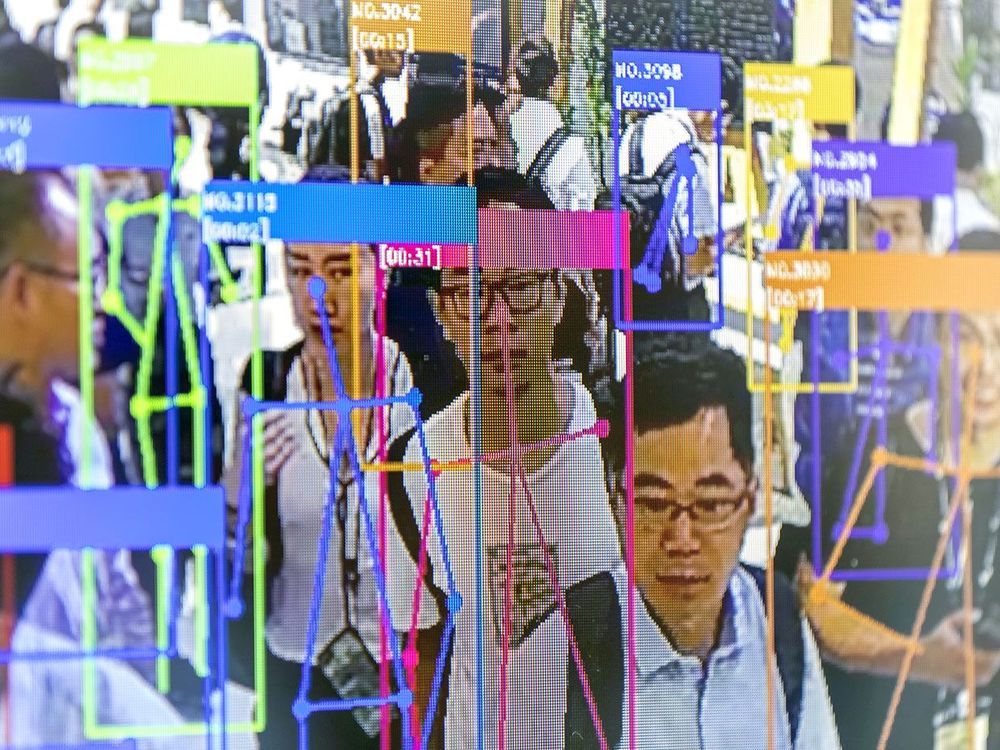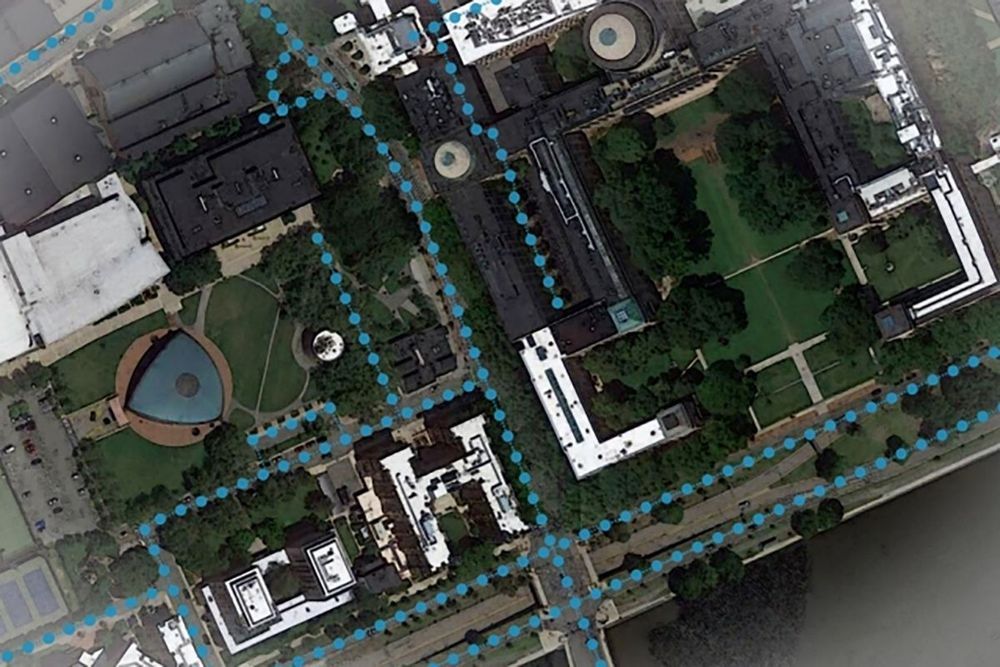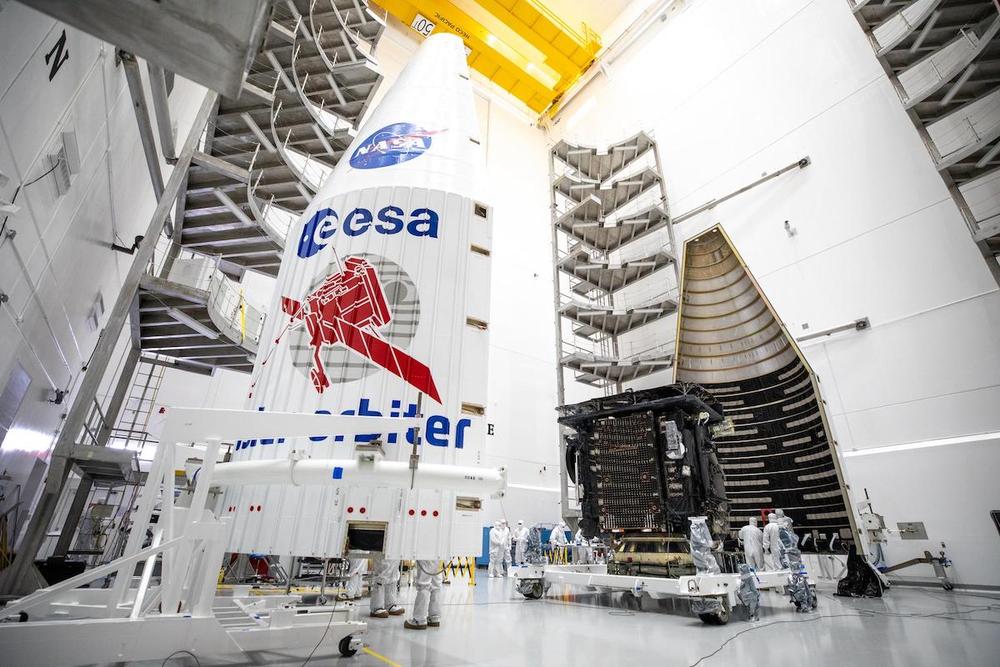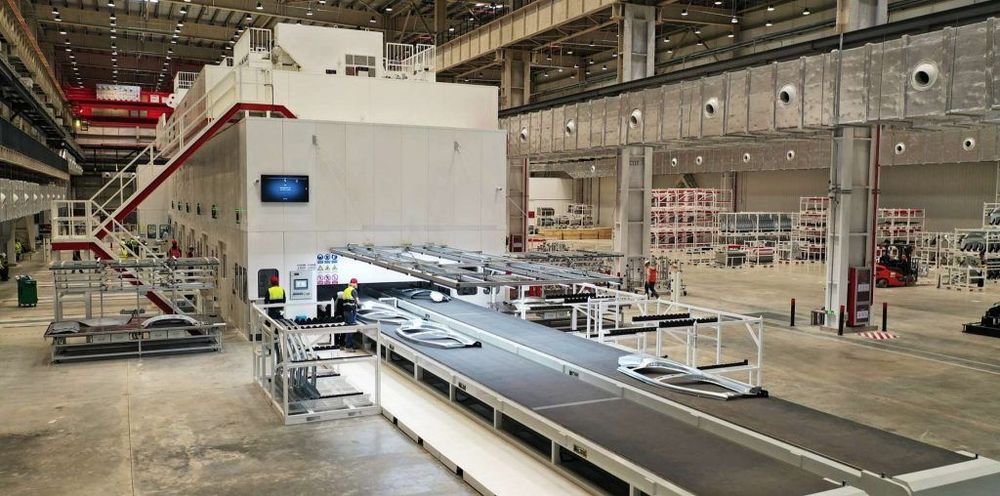I’m excited to share my new opinion piece on AI facial recognition and privacy for IEEE Spectrum:
The views expressed here are solely those of the author and do not represent positions of IEEE Spectrum or the IEEE.
Many people seem to regard facial-recognition software in much the same way they would a nest of spiders: They recognize, in some abstract way, that it probably has some benefits. But it still gives them the creeps.
It’s time for us to get over this squeamishness and embrace face recognition as the life-enhancing—indeed, life–saving—technology that it is. In many cities, closed-circuit cameras increasingly monitor streets, plazas, and parks around the clock. Meanwhile, the price of recognition software is decreasing, while its capabilities are increasing.
I welcome these trends. I want my 9-year-old daughter tracked while she walks alone to school. I want a face scanner at Starbucks to simply withdraw the payment for my coffee from my checking account. I want to board a plane without fumbling for a boarding pass. Most of all, I want murderers or terrorists recognized as they walk on a city street and before they can cause further mayhem.





